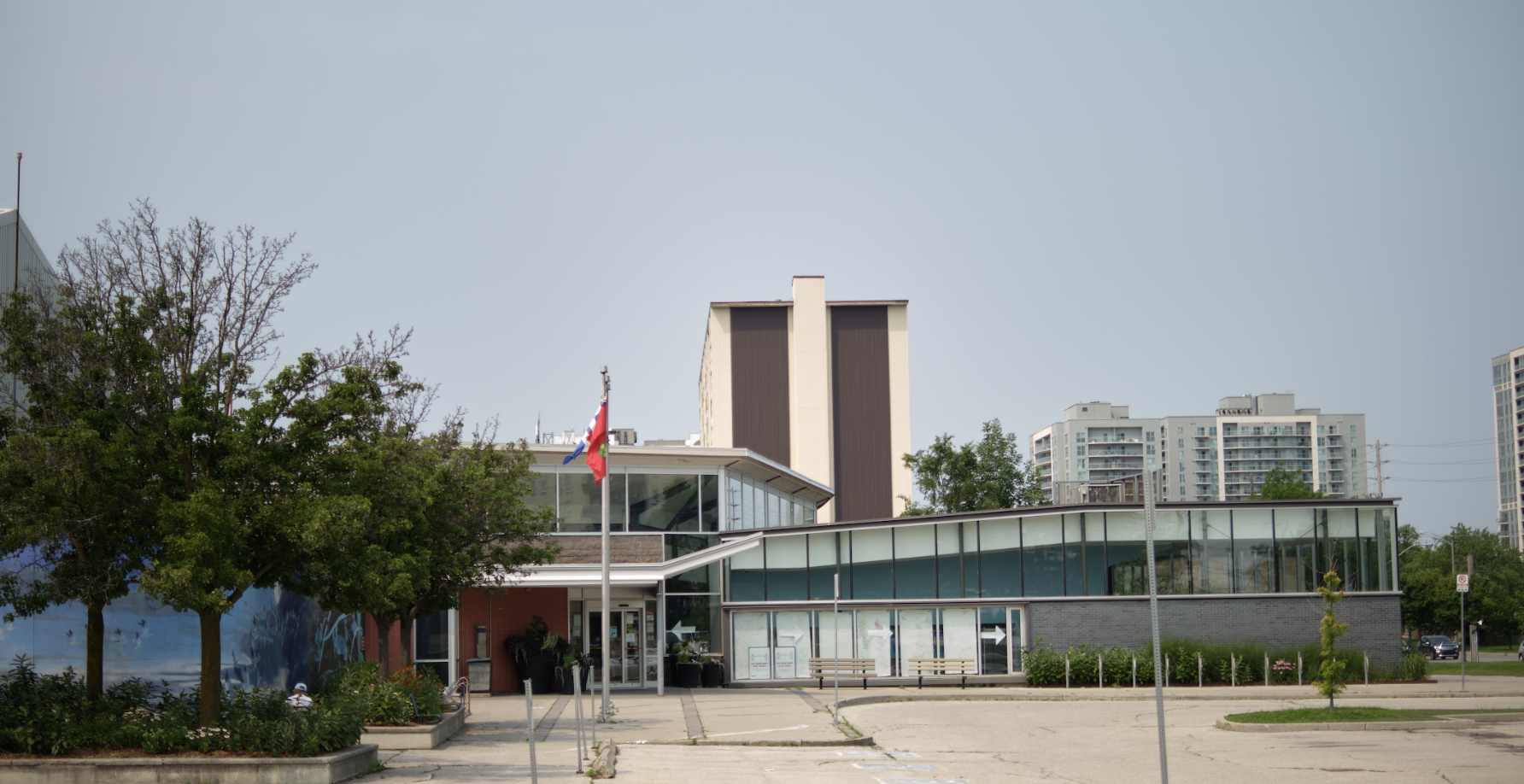Beyond the urban-suburban dichotomy

Our study reveals an inner suburban region that is in many ways a hybrid of urban and suburban lifestyles, forms, and aspirations. Giving due standing to this hybrid is difficult, since it does not fit neatly into traditional images that sharply contrast dense, walkable urban areas with car-centric suburbs where single family homes predominate. Improving the standing of inner suburban communities means learning to recognise emerging hybrid forms that contain elements of both combined in new and different configurations. Community Voices may encourage the policy community to chart out a middle path, built around residents’ own preferences about what these hybrid forms can be.
To appreciate this direction, it is important to recognise that essentializing Toronto’s inner suburbs as classic suburban built forms is not entirely true. For example, the Toronto region has consistently developed suburbs in “compact, concurrent, and contiguous patterns” (Hess and Sorensen, 2015) consistent with “smart growth” principles. Owing to this, Toronto is one of the most densely populated metropolitan regions in North America, considerably denser than Vancouver or New York (Relph, 2013).
Our interviews articulated the reality of this idea in residents own experience. Many spoke of their neighbourhoods as being walkable, of there being many nearby local amenities (e.g. parks, nature trails, grocery stores, and shops), and commending the frequency of public transit. This is the “urban” side of their “suburban” neighbourhoods. At the same time, residents’ understanding of government at the neighbourhood level shared many aspects of the “suburban” point of view. They tended to see government primarily as a purveyor of essential services with a focus on the importance of building maintenance, road improvement, and personally responsive city councillors. Yet, at the same time, residents made it clear they valued not only private goods but also government-supported public goods such as community centres, parks, and schools. In fact, the majority were willing to see increased taxation to improve these core services, in opposition to the low tax, light touch populist rhetoric. Toronto’s inner suburbs resist reduction to any simple caricature or stereotype.





